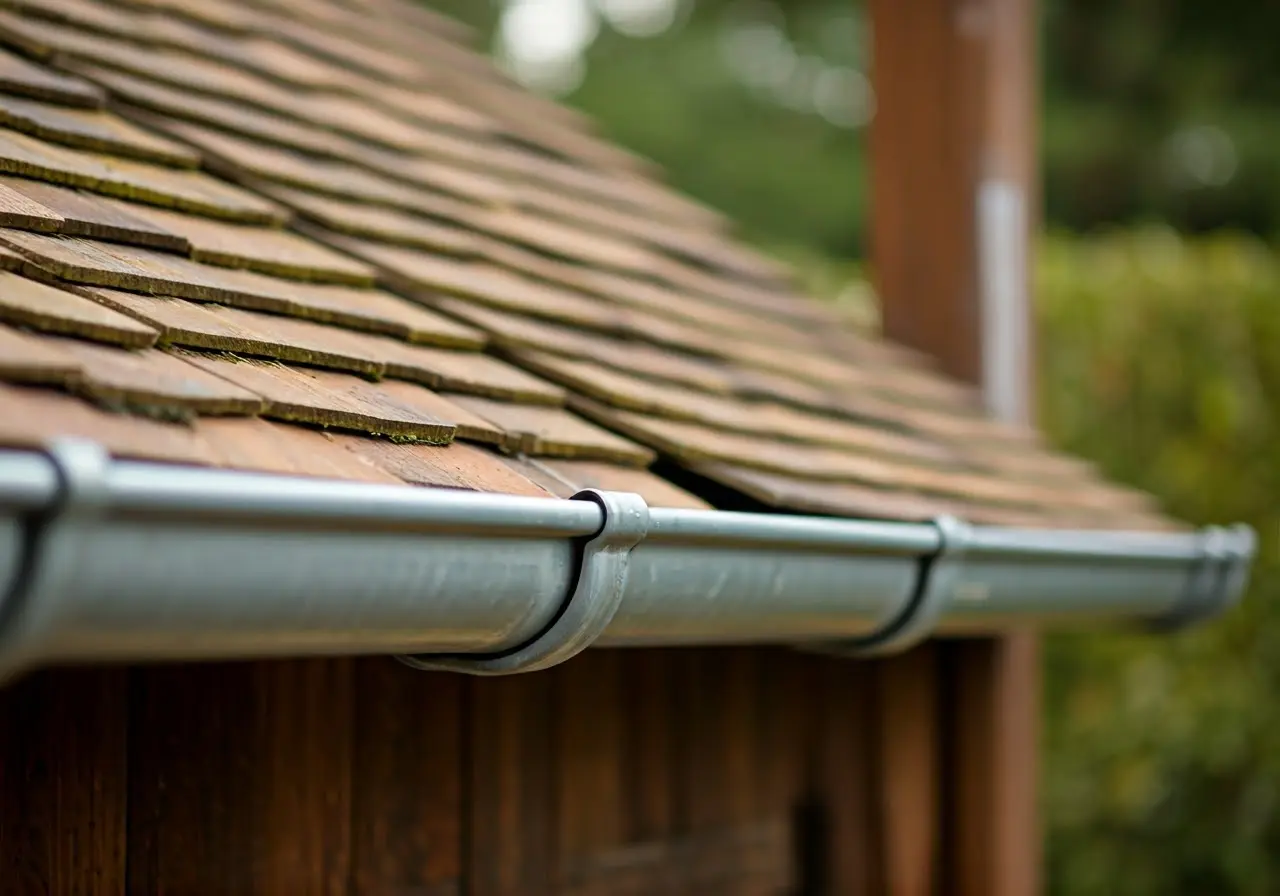Installing gutters might seem like a daunting task, but with a bit of guidance, you can have it done perfectly in no time. Whether you’re a DIY enthusiast or just curious about the process, this guide will walk you through everything you need to know for a successful gutters installation.
1. Understanding Your Home’s Drainage Needs
Before you start, it’s crucial to consider your home’s unique drainage needs. Take into account the roof size, slope, and the local weather patterns to determine the type of gutters you’ll need. This assessment is vital because a miscalculation could lead to ineffective drainage, causing moisture damage over time. For instance, homes in a region that experiences heavy rain might require larger gutters or more numerous downspouts to handle the increased volume of water efficiently.
Your home’s
architecture also plays a role in your gutter choice. Homes with steeply pitched roofs typically require more robust systems to control the fast runoff. Additionally, checking your current system and noticing frequent overflows or leaks can indicate that a more comprehensive system is needed. If you’re unsure, seeking a FREE inspection from experts can save you from probable future costs.
2. Choosing the Right Type of Gutters
Selecting the right gutter involves considering both functionality and aesthetics. Aluminum gutters, known for their durability and resistance to corrosion, are favored by many homeowners. Vinyl is another popular option due to its affordability, although it may not withstand harsh weather as effectively as metal varieties. Meanwhile, seamless gutters provide a sleek appearance and minimize leakage due to fewer joints.
Moreover, consider shapes—K-style and half-round gutters each offer different advantages. K-style is known for its capacity to handle more water, making it ideal for heavy rainfall areas. Looks matter too; choosing the right color can complement your home’s exterior, enhancing its curb appeal.
3. Proper Measuring Techniques
Accurate measurements are the foundation of successful gutter installation. Start by measuring the linear feet of gutter needed by assessing the roof’s edge lengths. Remember, precise measurements prevent water from seeping into the foundation by ensuring a snug fit. It’s also wise to measure for slope—there should be a slight pitch towards the downspouts to enhance drainage functionality. A good slope, typically 1⁄4 inch every 10 feet, ensures that water flows smoothly without pooling in any section.
4. Essential Tools and Materials
Gathering the right tools and materials ahead of time saves you from countless trips to the hardware store mid-project. Essential items include a ladder, tape measure, level, hacksaw, drill, and gutter sealant. The right screws and rivets are crucial too, as they determine the strength of your gutter system. Consider seamless aluminum gutter materials if you want to avoid the frequent joint weaknesses seen in sectional gutters.
5. The Importance of Correct Slope
Getting the slope right is paramount to efficient gutter operation. Even a marginal error in slope measurement can lead to standing water, which causes rusting and ultimately leads to system failure. Aim to install a slight downward slope towards the downspouts—this not only prevents water from accumulating but also reduces the risk of blockage due to debris collection. Correct slope ensures the overall longevity and functionality of your gutter system, and adjustments can be made during installation by loosening the gutter screws and adjusting the slope as needed.
6. Secure Fastening Methods
Firmly securing gutters is essential to preventing them from becoming detached or sagging under the weight of water. Use fascia hangers spaced no more than two feet apart to evenly distribute the weight. For added stability, consider additional brackets for particularly long gutter runs. Reinforcing your gutters this way not only fortifies them against common challenges such as high winds and debris but also prolongs their lifespan.
7. Fitting Downspouts Appropriately
Positioning downspouts properly helps direct water flow efficiently away from the building’s foundation, preventing water damage. Ensure downspouts are securely attached using brackets, and if your area is prone to heavy rainfall, consider using splash blocks or extensions to further channel water away from your home’s foundation.
8. Applying Quality Sealant
Applying sealant to your gutters is a critical step in protecting against leaks. Make sure to use a high-quality, UV-resistant sealant designed specifically for gutters. Pay special attention to seams, end caps, and around the downspout openings for maximum efficacy. Properly sealing your gutters can save you potentially costly repairs in the future by preventing water from seeping into your home.
9. Adding Gutter Guards
Gutter guards are an excellent investment for minimizing maintenance by keeping out leaves and debris. They work by allowing water to flow freely while keeping the unwanted elements out, which prevents clogging and extends the life of your gutter system. There are several types to choose from, including mesh, reverse curve, and nylon guards, each tailored to different home environments. Selecting the right one depends on your budget and maintenance preferences.
10. Regular Maintenance Checks
Lastly, regular maintenance is essential for keeping gutters functioning efficiently. Regular checks for clogs or damage can prevent small issues from escalating into significant repairs. It’s advisable to perform maintenance seasonally, especially after autumn when fallen leaves are most common. Checking the gutter joints and cleaning any debris ensures a clear path for water flow, reducing strain on your gutter system and offering peace of mind during heavy rainfalls.


